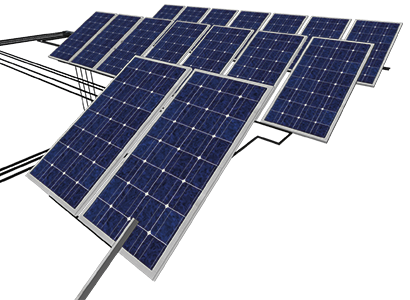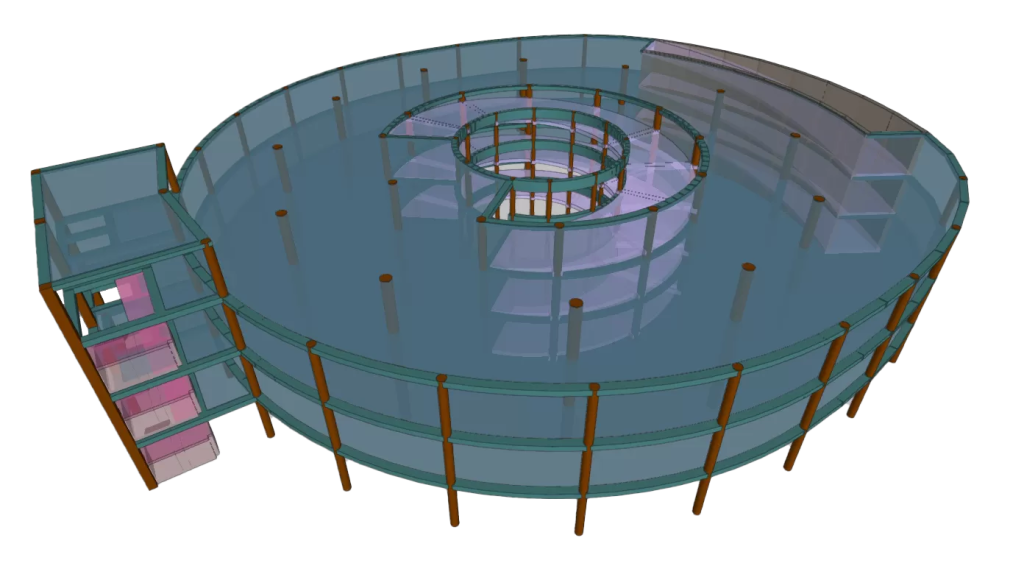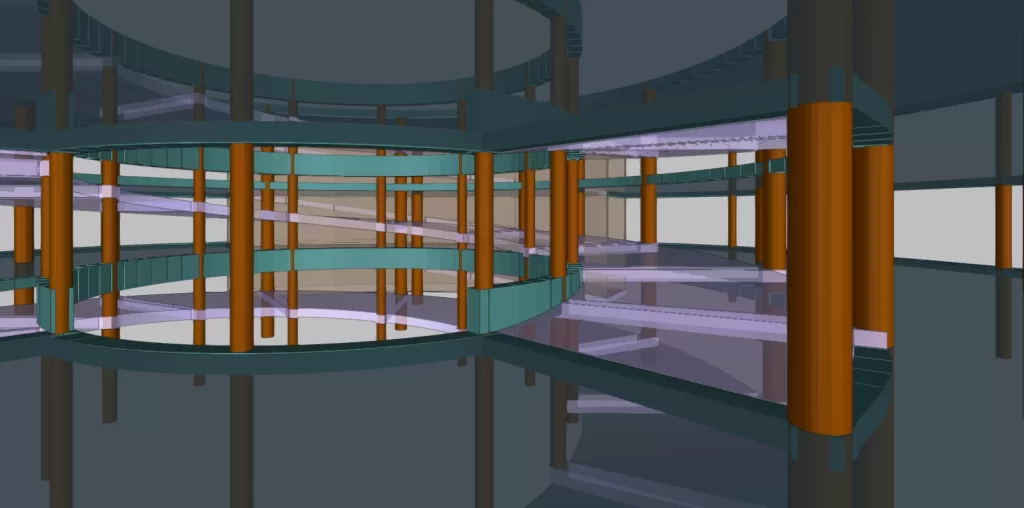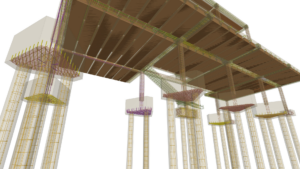
CYPE, the software company for architecture, engineering and construction, has just launched version 2024, in which it is committed to improving its design and analysis solutions with sustainability and bio-construction criteria thanks to the incorporation of new features and improved communication between the different specialist solutions. Likewise, a new ramp module has been developed in CYPECAD for analysing and designing ramp slabs as elements isolated from the structure, and it also continues with its internationalisation strategy by incorporating new codes and translating its software into new languages.
The construction and housing industries, responsible for 40% of CO2 emissions and more than 30% of energy consumption, are going through a transition period marked by the search for energy efficiency and the reduction of greenhouse gas emissions. To achieve this, both the construction of sustainable new buildings and the energy renovation of the most inefficient buildings are shaping the present and the future of the activity, forcing professionals to work with state-of-the-art tools in order to be able to make accurate analyses related to sustainability and energy efficiency.
Due to this, CYPE has optimised and increased the performance of its energy efficiency programs, improving the interconnection between them and minimising the loss of information. As a result, the technology offers specialists the necessary tools for carrying out real energy simulations, determining economic profitability, forecasting energy consumption and performance, and considering compliance with current codes in any construction project, whether it is a new building or a renovation project.
In an Open BIM workflow, CYPE tools help designers to carry out the energy simulation of buildings, allowing them to determine the energy demand of the buildings and the energy consumption of the available air-conditioning systems as accurately as possible.
Energy simulation, acoustics, lighting, life cycle analysis, air conditioning, bills of quantities, solar panels, charging points for electric vehicles, etc., these are only some of the CYPE programs that facilitate multidisciplinary work in various fields and allow effective coordination between the different specialists involved in the project.
This makes it easier for professionals to perform energy audits of buildings, while estimating the energy demand and consumption of buildings under buildingSMART International standards.
Promoting sustainability: Sustainable energies and life-cycle analysis
As well as the above, CYPE's programs also allow users to design and analyse using systems and equipment for clean energy production such as solar thermal energy or solar PV energy, as well as others such as geothermal, aerothermal or biomass energy, etc.

Regarding the design and analysis of photovoltaic systems, the specialist program CYPELEC PV Systems has incorporated new modelling elements in this version, such as hybrid inverters, modular batteries and distribution panels.
This program, which is integrated in an Open BIM workflow, analyses the correct number of solar panels that need to be installed in a building to achieve savings of between 50 and 70% of electricity costs, which accelerates the payback of the self-consumption system.
Thanks to the combined information from the different software packages, technicians can use CYPE applications to present more sustainable projects by even incorporating studies with environmental information and economic documents. For the French market, for example, the ELODIE by CYPE program allows the environmental impact assessment of the building to be carried out.
CYPETHERM EPlus, with the international EnergyPlus™ analysis engine, determines the energy demand of buildings, as well as the energy performance of the available air-conditioning systems, determining the energy consumption per supply system and energy vector used.
Improved connection between programs for working with digital models
In this version, CYPE has also improved the interconnection between the different programs that carry information when working in an Open BIM workflow by perfecting the IFC files and incorporating new options when exporting to this format from the different programs.
These improvements not only benefit sustainability-related programs, but also a wide range of other programs such as StruBIM Rebar for BIM modelling of reinforcement in reinforced concrete structural elements. This program has also recently implemented a new 3D working environment that allows users to view all the reinforcement in detail.
New ramps module
CYPE version 2024 also comes with the new "Ramps" module for CYPECAD to analyse and design ramp slabs as isolated elements of the structure. Carlos Fernández explains that this new tool resolves each span's ramp cores in four different types: Straight flight, Curved flight, Horizontal span - Quarter turn, and Horizontal span - Half turn.
CYPECAD has also incorporated precast studs in the punching shear reinforcement, which allows for greater performance, as well as the possibility of using Peikko's PSB® punching shear reinforcement.
The program contains all the data provided in the corresponding ETA (European Technical Assessment) document so that, in order to use the Peikko reinforcement systems, all users need to do is choose one of the available product references.


WÜRTH brand chemical anchors and mechanical anchors
As part of the incorporation of new manufacturers, the CYPE Connect and StruBIM Steel programs have incorporated the possibility of using both post-installed chemical and mechanical anchors from the WÜRTH brand catalogue as well as concrete fixing elements in anchor plates.
Continued focus on internationalisation
On an international level, CYPE continues to incorporate codes from around the world and is adding to its wide range of regulations such as the actions on structures (Snow loads) of Romania (SR EN 1991-1-3:2005/NA:2017) and Poland (PN-EN 1991-1-3:2005/NA:2010); and the actions on structures (Wind) of Malaysia (MS 1553:2002, AMD. 1:2013). In Latin America, CYPE has incorporated Panama's new earthquake protection standards of the Reglamento de Diseño Estructural (REP-2021) and Bolivia's Reglamento Nacional de Instalaciones Sanitarias Domiciliarias (RENISDA). CYPE has also translated its software into Japanese and Russian, the latter being used in Central Asian and Eastern European countries.




